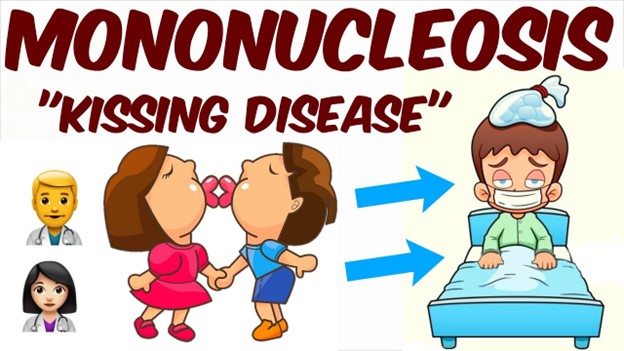Infectious Mononucleosis

Introduction
- Infectious mononucleosis (IM) is an acute infectious disease that causes fever, sore throat, and cervical lymphadenopathy.
- IM is also known as mono, kissing disease, or glandular fever.
- IM is caused by the Epstein-Barr virus (EBV), a member of the herpes group.
- EBV infects and replicates in epithelial cells of the oropharynx and B cells of tonsillar tissue, causing alteration of shape and function of the infected cells.
- Infected B cells activate cell-mediated immunity with proliferation of abnormal cytotoxic T cells in lymphoid tissues.
- B cells spread the infection throughout the reticular endothelial system (RES), including the liver, spleen, and peripheral lymph nodes.
- Lymphoproliferation stops when cytotoxic T cells are able to destroy infected B cells.
Nursing Test Bank
Naxlex Comprehensive Predictor Exams
Questions on Infectious Mononucleosis
Correct Answer is B
Explanation
Correct Answer is ["B","C","D"]
Explanation
Correct Answer is C
Explanation
Correct Answer is A
Explanation
Correct Answer is A
Explanation
Correct Answer is C
Explanation
Search Here
Related Topics
More on Nursing
Free Nursing Study Materials
Access to all study guides and practice questions for nursing for free.
- Free Nursing Study Trials
- Free Nursing Video tutorials
- Free Nursing Practice Tests
- Free Exam and Study Modes
- Free Nursing Revision Quizlets
